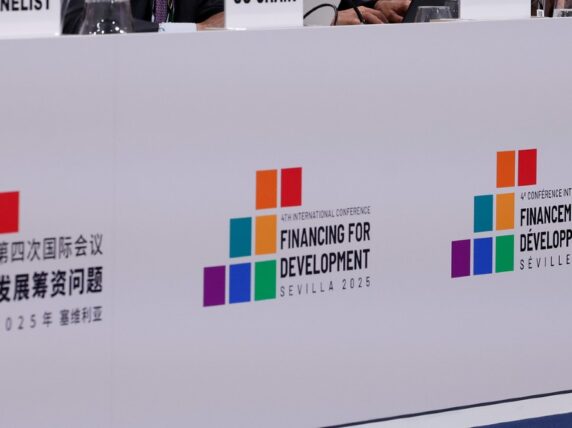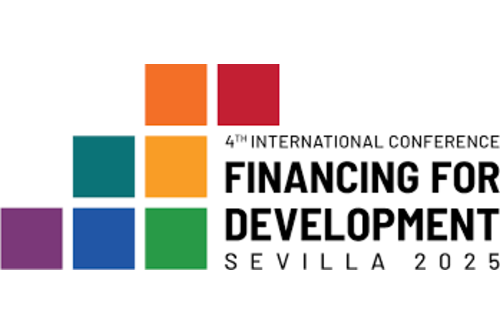Last week, Bond and more than 20 of our members, travelled to Seville alongside government, UN, global civil society and business representatives for the Fourth International Financing for Development Conference (FfD4). Here, Alex Farley, Sandra Martinsone and our members take us through the events of the conference.
There is an emerging paradigm change of aid architecture, which takes the public debate to a new level, questioning role, purpose and legitimacy of aid, institutions, INGOs and even the very concept of development. How do we move beyond fixing the broken system and reimagine a new one?
As international development and humanitarian professionals we must do more to elevate overlooked crises and communities
For many organisations, there is a broader trend of uncertainty and shifting funding landscapes. But how prepared are we for these endings? And how do we ensure our organisations can adapt and thrive in such a rapidly changing world?
The UK must find ways to restore its reputation and demonstrate that it can be a genuine partner in development. The upcoming Fourth International Financing for Sustainable Development Conference (FfD4) offers a critical moment for the UK to do so.
Traditional ‘growth from above’ approaches often don’t help people escape poverty. Instead, most people in or near poverty increase their income through ‘growth from below’. But what is it? And how should governments around the world adopt it?
As the disruption of the US government’s 90-day suspension of humanitarian assistance and development ripples across the sector, Bond has been working closely with members to assess both the immediate and long-term impact. Here’s what we know so far.
For decades, NGOs and social enterprises have relied on a stream of grants from institutional donors. However, recent data indicates a shift in funding dynamics, prompting the question: Is traditional donor funding sufficient to sustain impact-driven organisations in 2025 and beyond?
MzN International explores the issue.
Taking a ‘high-touch’, high-tech, and human-centred approach to microfinance is helping to close the gap created by limited access to smartphones and internet connectivity, low digital literacy and mistrust in technology. And it is women and other underrepresented groups who are benefiting the most.









